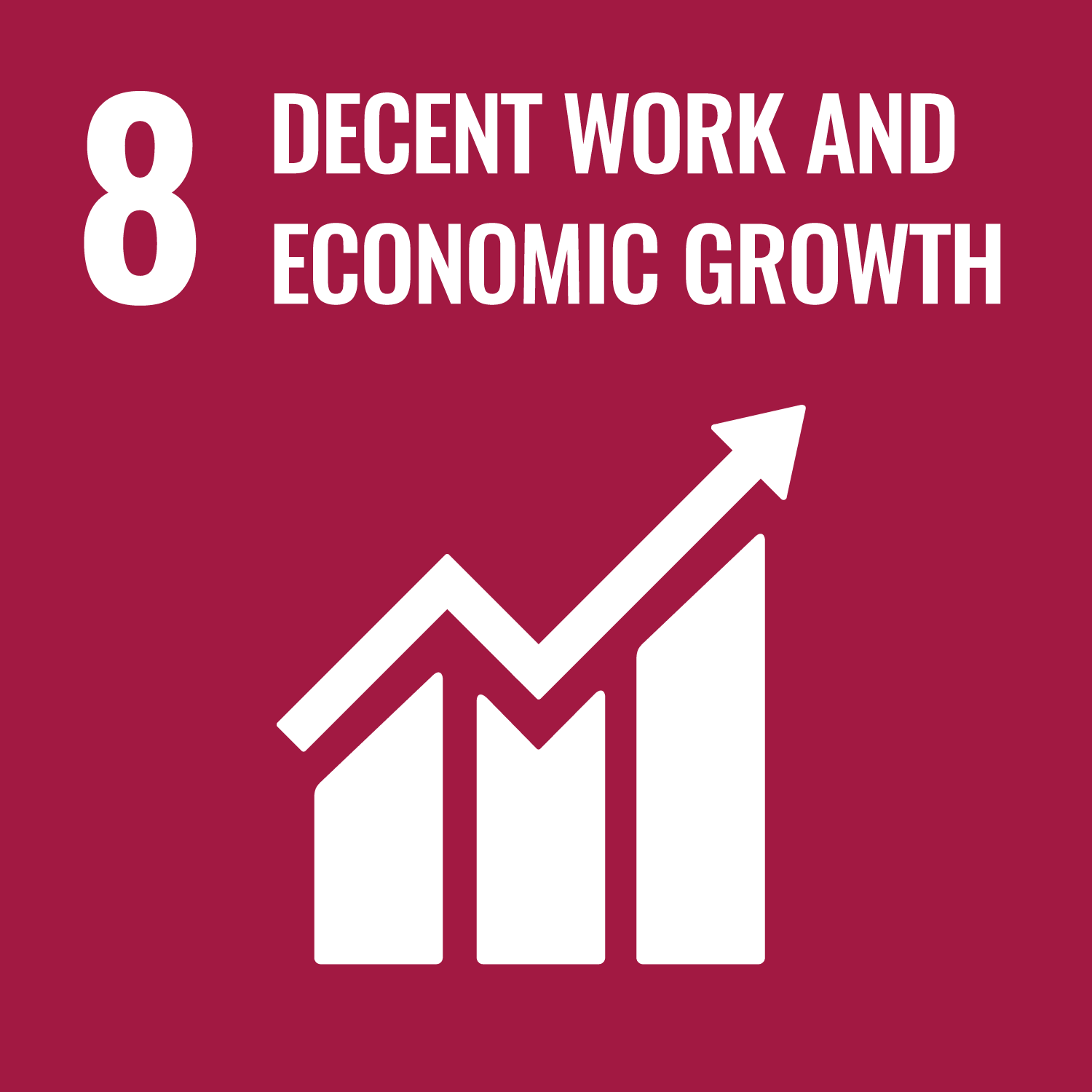SDG Detail
B8748-001Doing Business in Emerging Markets
Postgraduate courseProject description
The global economy is no longer driven solely by the United States. Technological innovations have dramatically lowered the cost of doing business globally. Economic policies have steadily liberalized economies over the past two decades enabling firms to expand beyond their home market to seek global market opportunities, to achieve economies of scale and to leverage cost advantages. The Earth�s economic center of gravity is shifting towards Asia. Yet despite the opportunities from globalization, most companies do not expand internationally. Of the small set of companies that do, most conduct business in markets that are very similar to their domestic market. Doubling the distance of a foreign market from the home market reduces trade by half. Even today, U.S. exports to Colombia are twice that of Indonesia, a fast growing country with a population five times that of Colombia. In short, many companies are ill-positioned to take advantage of global opportunities. What are the costs of foreign expansion, and how can companies successfully leverage these costs to expand their presence abroad? How can companies avoid the common mistakes when venturing abroad? How should companies set pricing strategies to manage volatile swings in exchange rate movements? How should companies deal with corruption and weak enforcement of intellectual property? Managers that understand these challenges will be better positioned to take advantage of global opportunities and avoid ex post regret from failed ventures. Many of the cases and examples in this class are drawn from emerging markets. These countries are growing very rapidly, and they also have substantially different business environments from Western countries. In addition to analyzing how companies deal with particular frictions in these economies, we will also take a more holistic perspective to understand why business practices in these markets look very different from the West.
Project aims
?
Project outcome
?
Related SDGs
The corresponding sustainable development goals correlated with this project. You you click the icon to link to SDG category description page.









